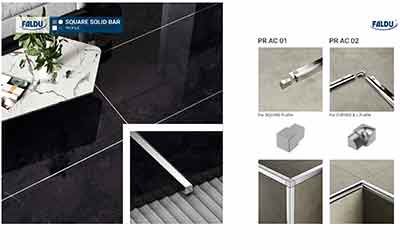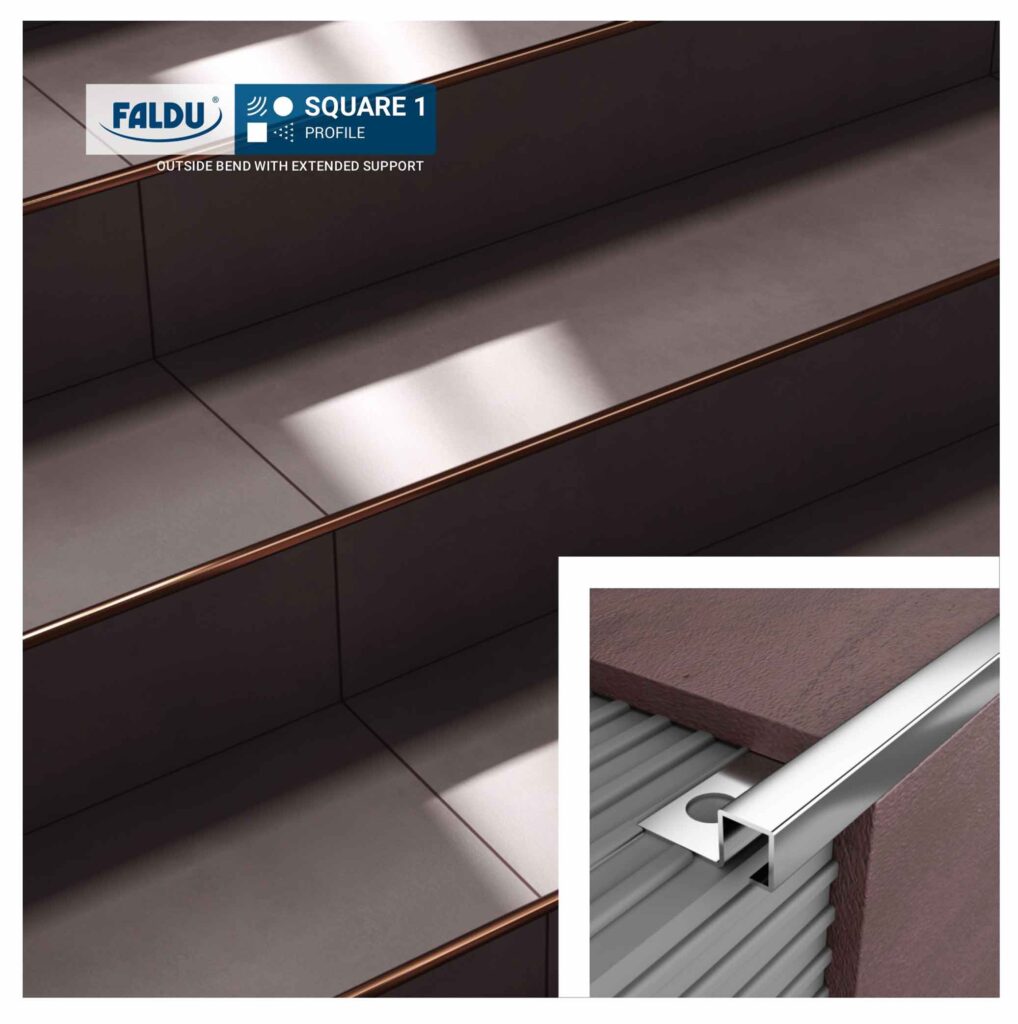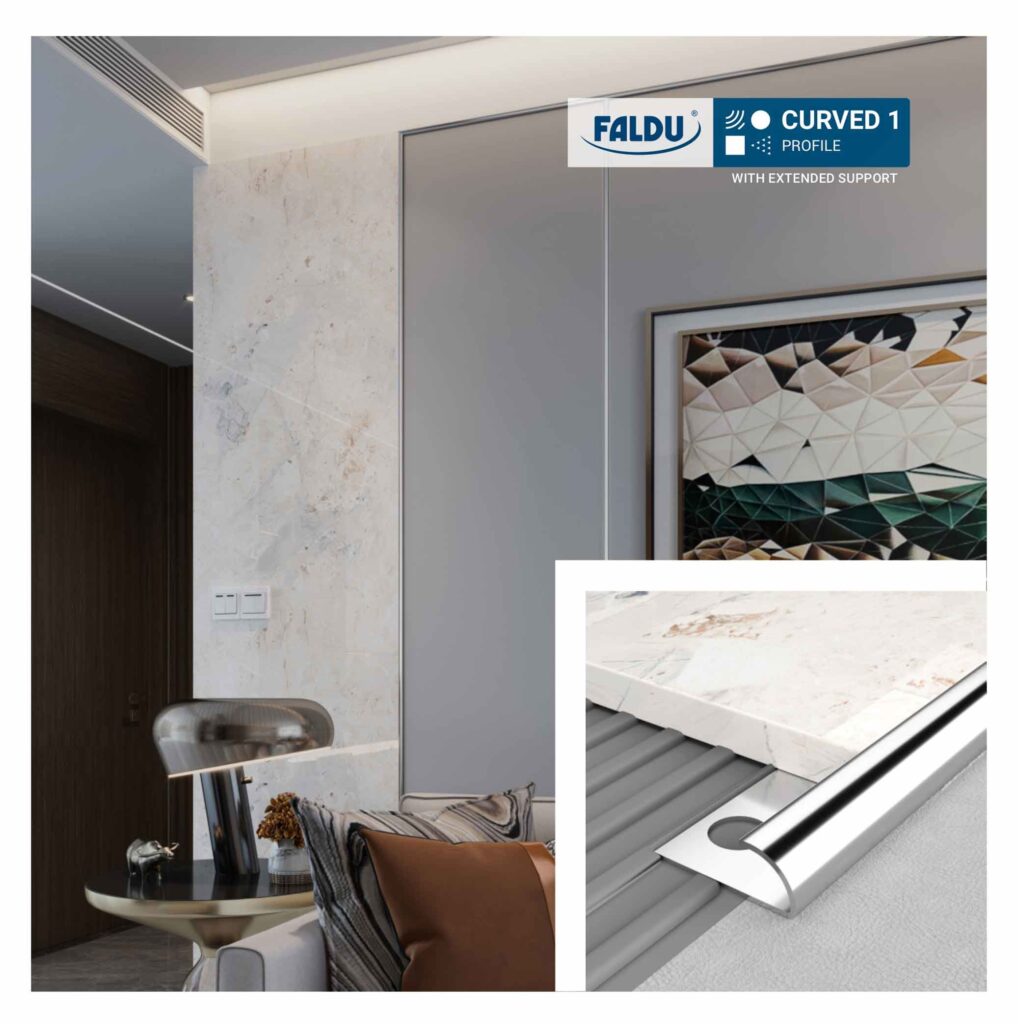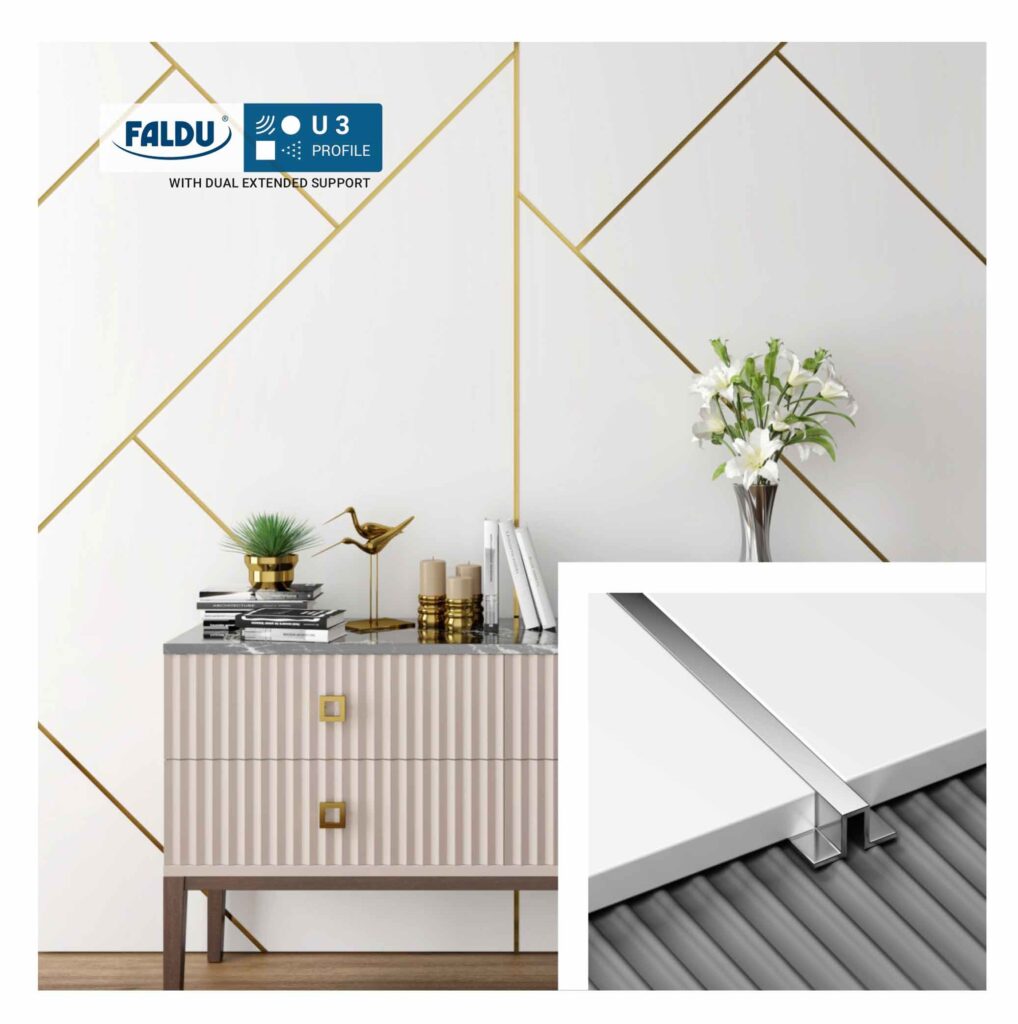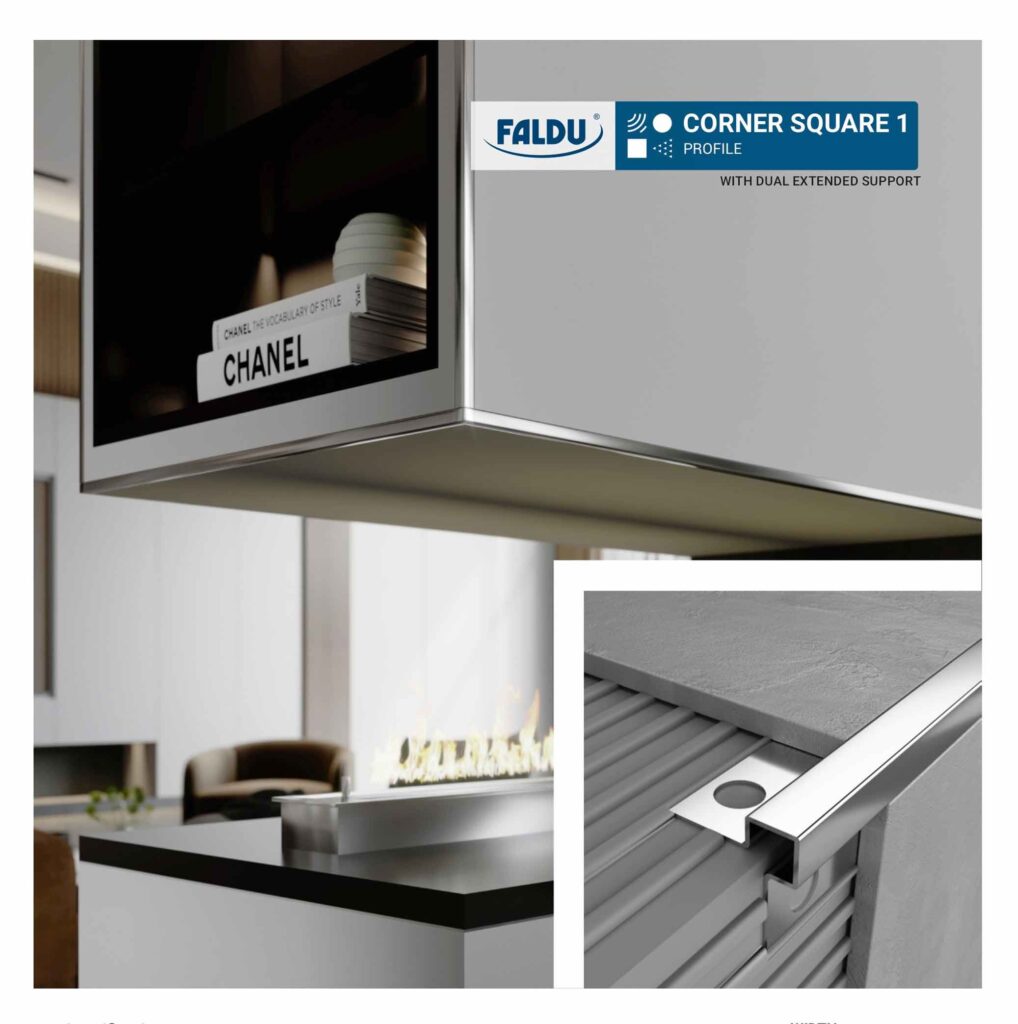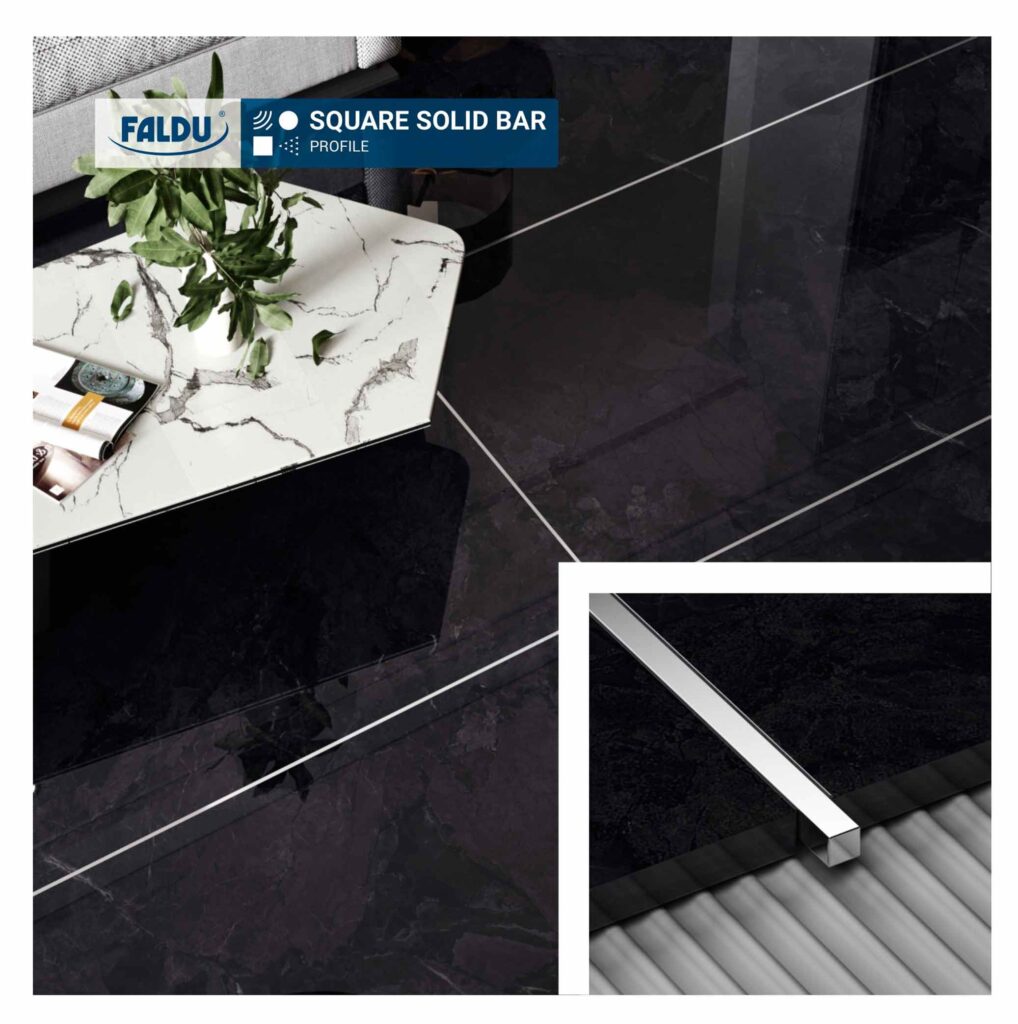tiles profile
tiles profile
"Tiles Profile," it typically refers to the profiles or trims used in tiling projects to create clean edges, transitions, and decorative elements. Tiles profiles are essential for achieving a polished, professional finish in various tiling applications, whether in bathrooms, kitchens, or other spaces.

tiles profile Overview
- What Are Tiles Profiles?:
- Definition: Tiles profiles, also known as tile trims, are finishing strips made from various materials, such as aluminum, stainless steel, PVC, or brass. They are used to protect tile edges, create transitions between different types of flooring, or add a decorative element to tiled surfaces.
- Purpose: The primary purpose of tile profiles is to ensure a clean, professional look while protecting the edges of tiles from chipping or damage. They also help in preventing moisture from penetrating underneath the tiles, which can cause issues like mold or tile lifting.
- Types of Tile Profiles:
- Edge Profiles: Used to protect and finish the exposed edges of tiles, especially in areas like countertops, steps, or around windows. These profiles come in various shapes, such as round, square, or beveled, depending on the design requirements.
- Corner Profiles: These are used for internal and external corners to ensure a smooth and safe transition between adjoining tiled surfaces. They help in avoiding sharp edges and enhance the durability of the tiling.
- Transition Profiles: Transition profiles are used between different flooring materials (e.g., from tile to carpet or wood) to provide a seamless and safe transition, preventing tripping hazards and protecting the edges.
- Movement Joint Profiles: Designed to accommodate the natural movement in tiled surfaces caused by temperature changes or structural shifts, these profiles prevent tiles from cracking or lifting.
- Listello Profiles: Decorative trims that add visual interest to tiled walls or floors. They are often used as borders or to break up large tiled areas with a contrasting accent.
- Stair Nosing Profiles: Specifically designed for staircases, these profiles protect the edge of each step, enhance safety by providing grip, and give the stairs a finished look.
- Materials Used in Tile Profiles:
- Aluminum: Lightweight, durable, and resistant to corrosion, aluminum profiles are commonly used in residential and commercial applications. They come in various finishes, including anodized, brushed, and powder-coated.
- Stainless Steel: Known for its strength and resistance to moisture and chemicals, stainless steel profiles are ideal for high-traffic areas and industrial settings. They offer a sleek, modern appearance.
- PVC: Cost-effective and easy to install, PVC profiles are available in a wide range of colors and are often used in less demanding environments, such as residential bathrooms or kitchens.
- Brass: Brass profiles are durable and have a luxurious, timeless appeal, often used in high-end residential or commercial projects. They naturally develop a patina over time, adding character to the design.
- Applications of Tile Profiles:
- Bathrooms: Tile profiles are extensively used in bathrooms to protect edges, create waterproof transitions, and add decorative elements around showers, tubs, and vanities.
- Kitchens: In kitchens, profiles are used to finish countertop edges, backsplashes, and around window sills, providing a clean look and protecting against damage.
- Commercial Spaces: In commercial settings, tile profiles are essential for creating durable and safe transitions between different flooring materials, especially in high-traffic areas.
- Outdoor Areas: For outdoor tiling projects, profiles protect against weathering and provide a finished look to patios, balconies, and steps.
- Design and Aesthetic Considerations:
- Color Matching: Tile profiles come in various colors and finishes, allowing for seamless integration with the tiles or creating a contrasting effect for added visual interest.
- Custom Profiles: Some manufacturers offer custom profiles tailored to specific project requirements, ensuring a perfect fit and alignment with the overall design vision.
- Decorative Options: Profiles can also serve a decorative function, with intricate designs or metallic finishes that enhance the overall aesthetic of the tiled surface.
- Installation and Maintenance:
- Easy Installation: Tile profiles are designed for easy installation, often requiring only basic tools and adhesive. They are usually installed simultaneously with the tiles for a secure fit.
- Maintenance: Most profiles require minimal maintenance, depending on the material. Regular cleaning with non-abrasive products is usually sufficient to keep them looking new.
- Sustainability:
- Eco-Friendly Options: Some tile profiles are made from recycled materials or are fully recyclable, making them an eco-friendly choice for sustainable building projects.
- Product Showcase:
- Portfolio and Inspiration: Websites featuring tile profiles often include a gallery showcasing completed projects, providing inspiration and demonstrating the versatility and visual impact of different profile types.
- Technical Specifications: Detailed product descriptions, including dimensions, material composition, and installation guidelines, help customers select the right profiles for their specific needs.





